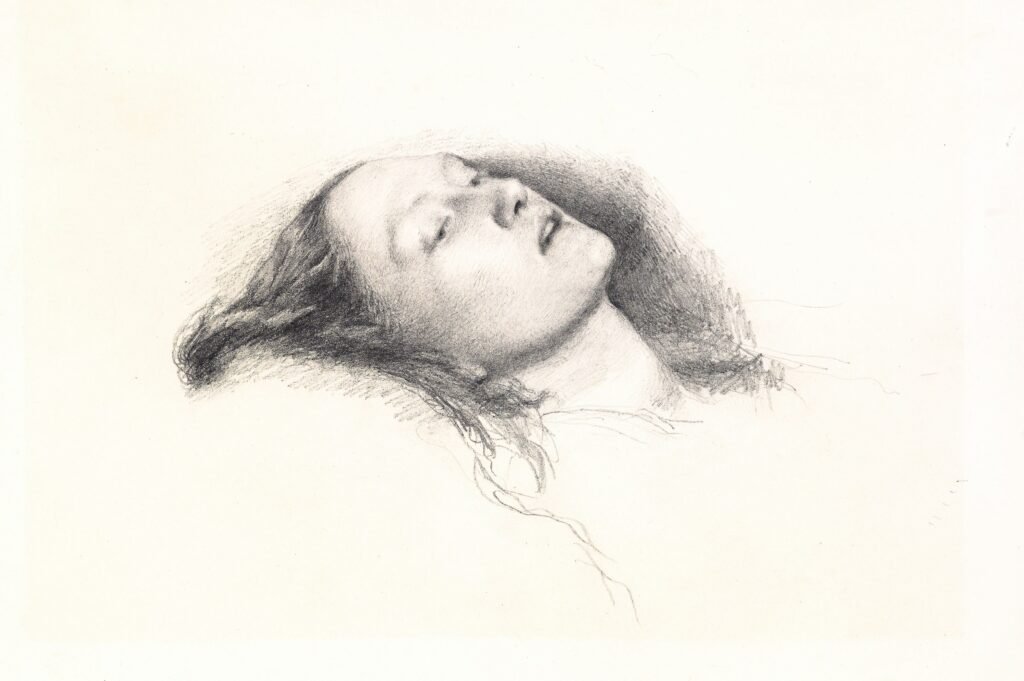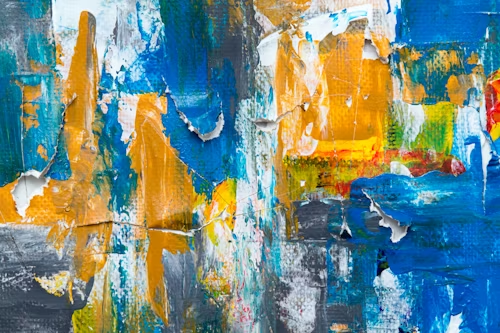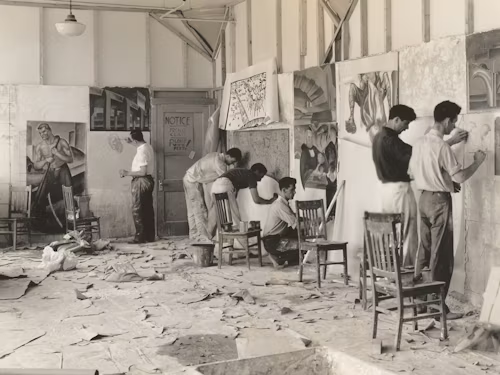The Importance of Paint Brush Sizes: A Guide to Mastering Your Painting Technique
One of the essential aspects of a painting is the size selection of the brush, which indirectly determines the result of your painting. Learning about the different sizes of painting brushes, as well as how they relate to different media, processes, and art styles, is important to creating the right composition in your drawing.
Why Paint Brush Size Matters
Brush size is responsible for the coverage and details as well as the texture of your painting. A too-big brush may not capture the fine details, while a too-small brush may not cover the necessary space economically. Identifying the perfect brush size ensures that your work will be precise and that the texture corresponds to the vision you have.
Understanding Paint Brush Sizes
In most cases, brush sizes are marked by a number printed on the handle from 000 (for the tiny ones) to 24 (for the big ones). However, these numbers do not have the same meaning as there is no unit. For instance, one producer’s size 6 brush could be a little off from another producer’s size 6. This is why understanding paint brush sizes explained in context is vital.
● Round Brushes: Usually, these brushes are used for fine work, like lines and shapes, and they come in different sizes. A round brush size chart can be a valuable tool for selecting the right brush for details such as thin lines or larger shapes. The smaller the brushes, for example, the better for making intricate details, while the larger size brushes can go faster. Use the examples of sizes 8-10 to fill in large areas.
● Flat Brushes: The usage of flat brushes that are capable of presenting bold strokes, filling in larger areas, and creating pointed edges is really fine. A broad coverage can be obtained with the flat paint brush dimensions and when one tilts the brush, it can also draw a thin line.
● Filbert Brushes: These brushes have an oval shape that captures both the precise touch of a round bristle and the whole covering of a flat brush. They are the best of both worlds and are great not only for blending but also for making smooth gradients.
Brush Density and Its Impact
Brush density is determined by the number of bristles that are crowded together on a brush. Brushes with higher density, which is the proportion of paint that you paint brushes with, are better suited for creating thicker, textural strokes. The most significant aspect of some mediums like acrylics is the number of bristles in the paint, which can dramatically change the outcome of the work.
How Long is a Paintbrush?
The length of a paintbrush handle also plays a role in the painting technique. Long-distance (e.g., 9-12 inches) is also a good way to divide the targets to be accomplished, through communication in two forms. Since distance is usually used for projects on easels, there is an opportunity to show great ability by being creative with brush strokes. On the other hand, shorter grinders (e.g., 6-10 inches) are for projects that require satisfactory results, with the reduction of waste in time becoming even greater.
Using a Paint Brush Size Chart
A paintbrush size chart is a valuable tool for artists, helping you compare different sizes across brands and styles. So, whether it is a directory of the acrylic type of paint or a watercolor size chart, one has the comfort of reference for one’s homework with such a tool. In the end, you will come to know that the huge variety of brushes, their partners, and their spheres is there to engage you in the row of project possibilities and to allow your project to be the most profitable.
Conclusion
Working as a fine artist means that you should consider more things than just the color selection; the choice of the proper tools is also very significant. The paintbrush size, brush thickness, and the perfectly right size of the handles would be quite a variant of how effective your work would be. By studying the size of the brush you need and focusing on the project requirements, you can make sure that the brush you choose complements the work and makes it effective.
Related Posts
How to Remove Crayon from Paper (Without Damaging It)
Oh no! Your little artist just left a vibrant crayon masterpiece on an important paper,…
What is Abstract Art? Meaning, Famous Examples & Painting Guide
Not every painting has to look like a perfect portrait or a quiet landscape. Some…
What is Art Nouveau? Exploring the Elegance of the New Art Movement
Art Nouveau, translating to “New Art” in French, emerged in the late 19th century as…




